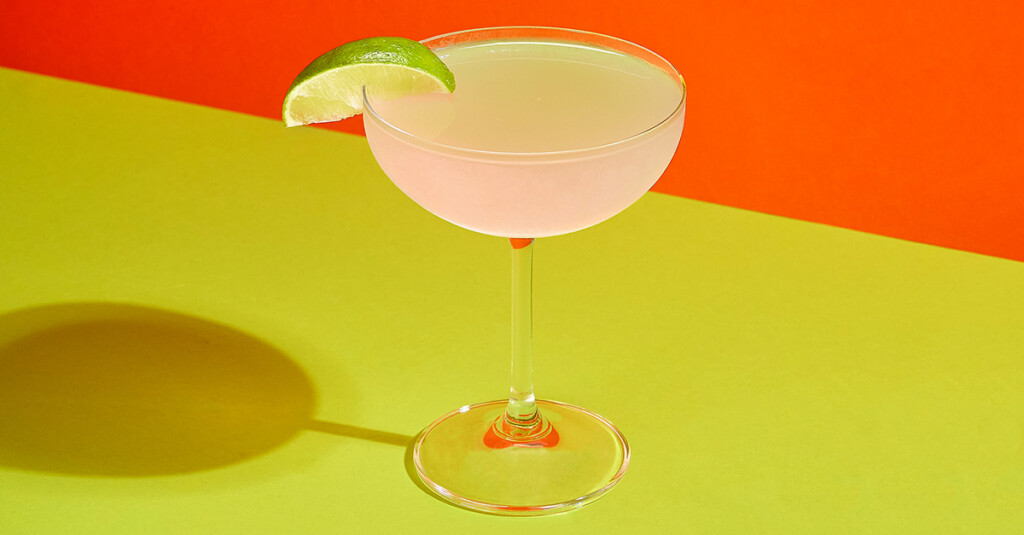How To Make A Pegu Club
Half glorified Gimlet, half Gin Sour riff, the Pegu Club is a shaken blend of London Dry gin, orange Curaçao, lime juice, and bitters. Like many culinary and beverage marvels, this cocktail is, unfortunately, a product of imperialism, developed by British occupants in Southeast Asia in the late 1800s. Though largely forgotten about post-Prohibition, the Pegu Club got a second life in the early aughts thanks to the influence of bartender Audrey Saunders and her now-shuttered bar named after the cocktail.
During the later stages of the British Empire’s multi-continent reign, there were a number of social clubs established in Southeast Asia as hangouts for British military officials and various VIPs. In Kuala Lumpur, there was the Royal Selangor Club. In Singapore, there was the Tanglin Club. And in Burma — or Myanmar as of 1989 — there was the Pegu Club, named after the nearby Pegu River. The gentlemen’s club was built in 1882, and the Pegu Club cocktail became the house drink.
While the Pegu Club cocktail has no known creator, it was first documented in Harry MacElhone’s 1923 book, “Harry’s ABC of Mixing Cocktails,” which includes Rose’s Lime Cordial as the cocktail’s sour component. By 1930, Harry Craddock’s “The Savoy Cocktail Book” debuted the first Pegu Club recipe that called for fresh citrus instead of cordial. The cocktail then fell into relative obscurity until the early aughts when Audrey Saunders encountered it while working alongside her mentor, Dale Degroff, at NYC’s Blackbird in 1999. The drink helped inspire the strong gin program at her own cocktail bar, the Pegu Club, which opened in 2005 with 27 different gins on the back bar. Saunders’ bar quickly became one of the key players in the cocktail renaissance, functioning as the training ground for a number of influential bartenders like Phil Ward, Brian Miller, Jim Meehan, and Sam Ross, to name a few. Sadly, NYC’s Pegu Club closed down in 2020.
The Pegu Club cocktail provides a great format to highlight London Dry gin, so opting for a high-quality bottle will improve the cocktail tremendously. As for the orange Curaçao, the Saunders-approved brand is Marie Brizard, which adds a pleasant weight to the cocktail’s mouthfeel. Any orange bitters will do, but the NYC Pegu Club way was to use a mix of Regans’ and Fee Brothers orange bitters, known in the industry as “Feegan’s.” The resulting cocktail should take on a golden to blush pink hue and taste of grapefruit-kissed botanicals with subtle spice notes courtesy of the bitters and Curaçao.



